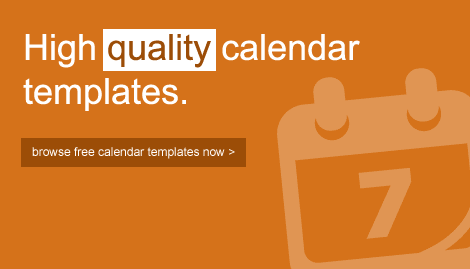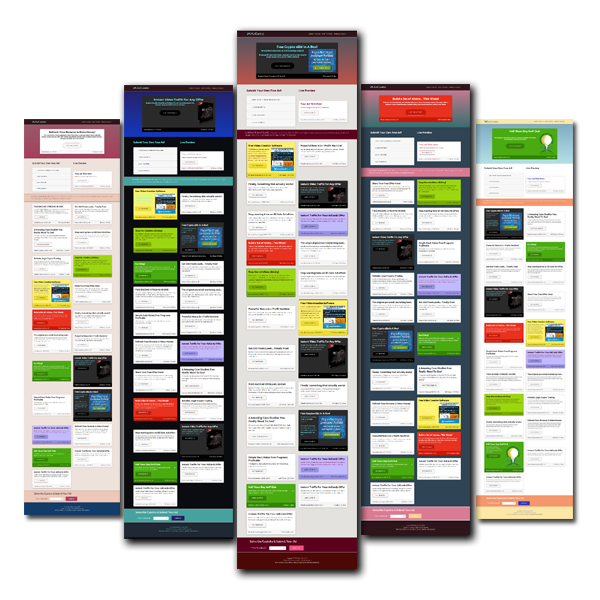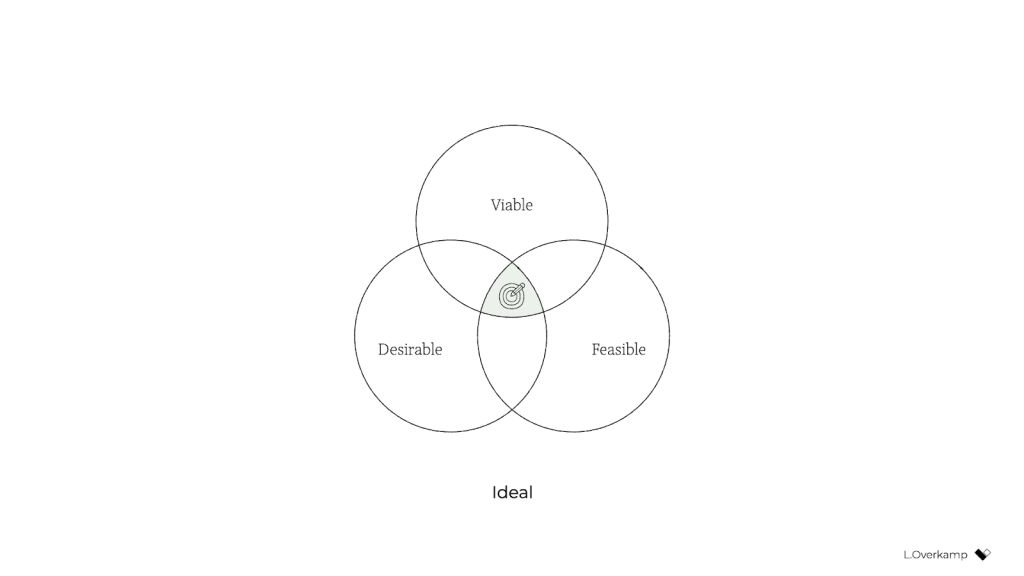About two and a half years ago, I introduced the idea of daily ethical design. It was born out of my frustration with the many obstacles to achieving design that’s usable and equitable; protects people’s privacy, agency, and focus; benefits society; and restores nature. I argued that we need to overcome the inconveniences that prevent us from acting ethically and that we need to elevate design ethics to a more practical level by structurally integrating it into our daily work, processes, and tools.
Unfortunately, we’re still very far from this ideal.
At the time, I didn’t know yet how to structurally integrate ethics. Yes, I had found some tools that had worked for me in previous projects, such as using checklists, assumption tracking, and “dark reality” sessions, but I didn’t manage to apply those in every project. I was still struggling for time and support, and at best I had only partially achieved a higher (moral) quality of design—which is far from my definition of structurally integrated.
I decided to dig deeper for the root causes in business that prevent us from practicing daily ethical design. Now, after much research and experimentation, I believe that I’ve found the key that will let us structurally integrate ethics. And it’s surprisingly simple! But first we need to zoom out to get a better understanding of what we’re up against.
Influence the system
Sadly, we’re trapped in a capitalistic system that reinforces consumerism and inequality, and it’s obsessed with the fantasy of endless growth. Sea levels, temperatures, and our demand for energy continue to rise unchallenged, while the gap between rich and poor continues to widen. Shareholders expect ever-higher returns on their investments, and companies feel forced to set short-term objectives that reflect this. Over the last decades, those objectives have twisted our well-intended human-centered mindset into a powerful machine that promotes ever-higher levels of consumption. When we’re working for an organization that pursues “double-digit growth” or “aggressive sales targets” (which is 99 percent of us), that’s very hard to resist while remaining human friendly. Even with our best intentions, and even though we like to say that we create solutions for people, we’re a part of the problem.
What can we do to change this?
We can start by acting on the right level of the system. Donella H. Meadows, a system thinker, once listed ways to influence a system in order of effectiveness. When you apply these to design, you get:
- At the lowest level of effectiveness, you can affect numbers such as usability scores or the number of design critiques. But none of that will change the direction of a company.
- Similarly, affecting buffers (such as team budgets), stocks (such as the number of designers), flows (such as the number of new hires), and delays (such as the time that it takes to hear about the effect of design) won’t significantly affect a company.
- Focusing instead on feedback loops such as management control, employee recognition, or design-system investments can help a company become better at achieving its objectives. But that doesn’t change the objectives themselves, which means that the organization will still work against your ethical-design ideals.
- The next level, information flows, is what most ethical-design initiatives focus on now: the exchange of ethical methods, toolkits, articles, conferences, workshops, and so on. This is also where ethical design has remained mostly theoretical. We’ve been focusing on the wrong level of the system all this time.
- Take rules, for example—they beat knowledge every time. There ca
Recommended Story For You :
 software-services
software-servicesGET YOUR VINCHECKUP REPORT
 software-services
software-servicesThe Future Of Marketing Is Here
 software-services
software-servicesImages Aren’t Good Enough For Your Audience Today!
 software-services
software-servicesLast copies left! Hurry up!
 software-services
software-servicesGET THIS WORLD CLASS FOREX SYSTEM WITH AMAZING 40+ RECOVERY FACTOR
 software-services
software-servicesBrowse FREE CALENDARS AND PLANNERS
 software-services
software-servicesCreates Beautiful & Amazing Graphics In MINUTES
 software-services
software-servicesUninstall any Unwanted Program out of the Box
 software-services
software-servicesDid you know that you can try our Forex Robots for free?
 software-services
software-servicesStop Paying For Advertising And Start Selling It!

Leave a Reply